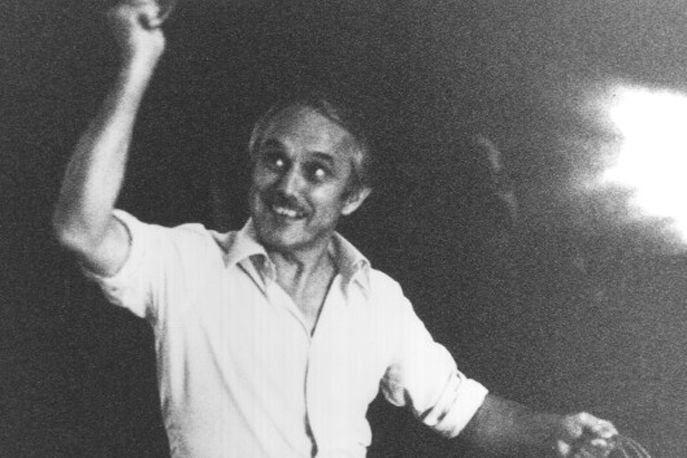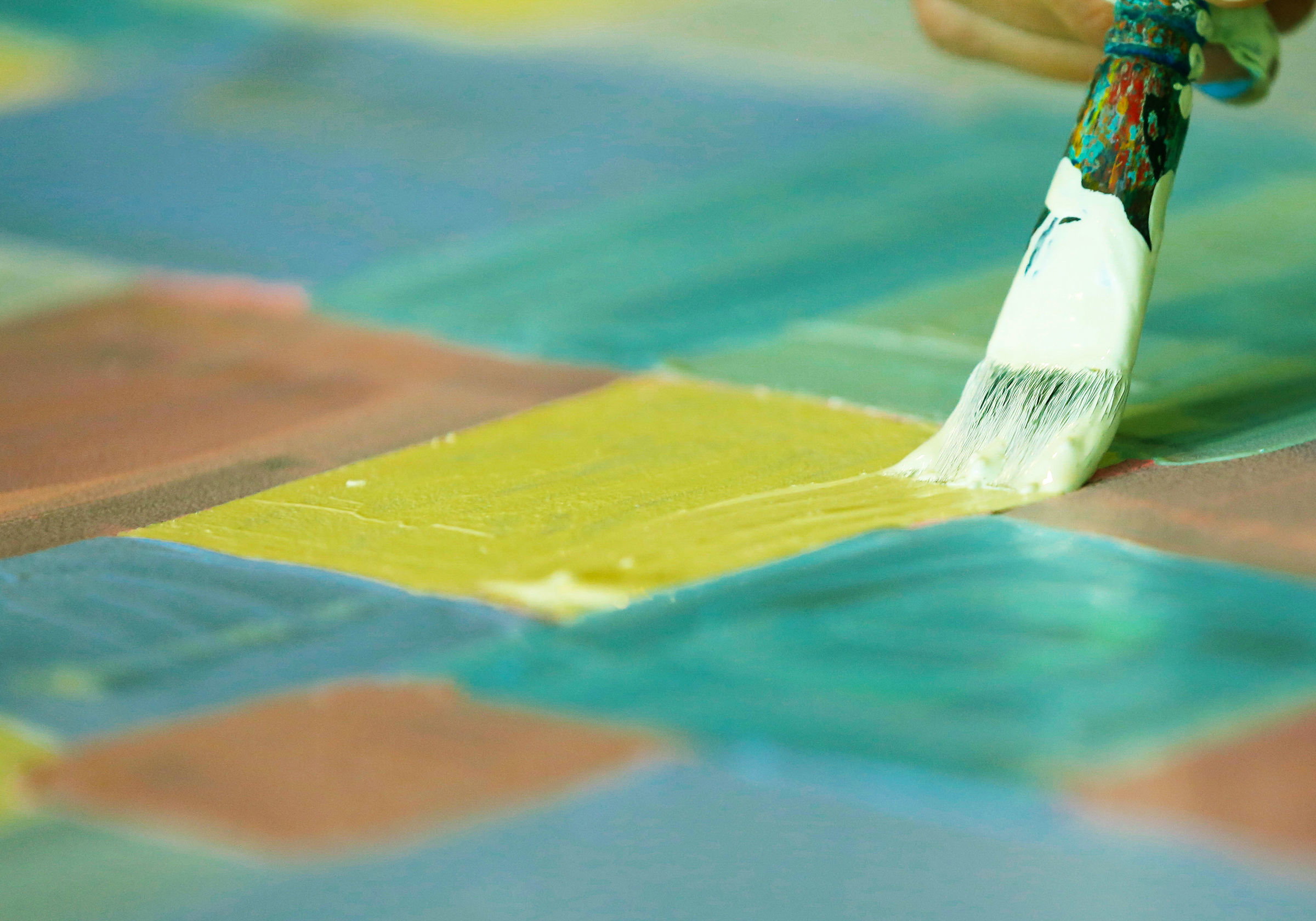Maurice Edmond Müller

Prof.Dr.med., Dr.med.h.c.(mult.), Dr.sci.h.c.
March 28th, 1918 (Biel) to May 10th, 2009 (Bern)
The number 3 has been in many instaces characteristic of Maurice E. Müller’s life and curriculum; for example, he revolutionized the world as:
an orthopedic and trauma surgeon
a teacher and educator
a researcher and documenter
Maurice E. Müller has been honored with numerous awards and prices. Most remarkably, the International Organization of Orthopedic and Trauma Surgeons (SICOT) summed up his pioneering role by naming him “Orthopedic Surgeon of the 20th Century”.
He graduated from three universities: Neuenburg, Bern and Lausanne.
Following World War II, he seized the opportunity to go to Ethiopia for fulfilling a medical mission. There he had to improvise all day and was forced to design and construct his own surgical instruments. Maurice E. Müller soon learned to understand what it meant to make decisions and being responsible for their outcome. Upon his return to Switzerland Maurice E. Müller acquired the title of Surgical and Orthopedic Resident.
Three personalities influenced Maurice E. Müller’s professional life: Friedrich Pauwels, Robert Danis and Sir John Charnley.
Maurice E. Müller held three major professional appointments:
Chief Resident, Clinic Balgrist in Zürich
Director for Orthopedics and Traumatology in St.Gallen
Professor of Orthopedic Surgery at the University of Bern
Close associates described Müller’s mix of talents with the term “genius”.
With his great charisma, strong passion and relentless energy he kept on embodying new ideas and turned them into reality and, most importantly, he had an extraordinary gift to inspire people to follow his visions.
He was driven by an extraordinary optimism and was never afraid of the risks involved.
He had three children: Jean Pierre, Janine and Denise
His three major professional achievements were:
He pioneered the development of a standardized set of implants and surgical instruments for fixing fractured bones without putting them into a cast which, in 1958, led him together with Martin Allgöwer, Hans Wilenegger, Robert Schneider and Walter Bandi to found the Association for the Study of Internal Fixation (ASIF; or in German: Arbeitsgemeinschaft für Osteosynthesefragen (AO)).
In 1965 he started Protek AG, an industrial enterprise to manufacture and distribute worldwide the prostheses and surgical instruments he designed for standardized replacement of osteoarthritic or misshaped hip joints.
In 1968 he created the Fondation Maurice E. Müller (FMEM) for continuing education, research and documentation in orthopaedic surgery which was endowed by the royalities he obtained from Protek AG for his many inventions.
The FMEM initiated and funded three university affiliated institutes:
The Maurice E. Müller Institut for Biomechanics (MIB) as part of the Medical Faculty of the University of Bern, devoted to basic and applied biomechanical research as it relates to practical orthopedic surgeon technology.
The Maurice E. Müller Institute for Structural Biology (MIS) at the Biozentrum, University of Basel, devoted to basic biomedical research at the molecular-to-atomic level (nanobiology and nanomedicine).
The Maurice E. Müller Center for Postgraduate Education & Documentation (MID), to serve the needs of training and clinical research through documentation.
Can luck be intentional?
In 1998 Maurice E. Müller celebrated his 80th birthday at the Museum of Fine Arts in Bern where he heard of plans to establish a museum dedicated to the painter Paul Klee. He had long been tinkering with the idea of making a gift out of gratitude to the City and Canton of Bern. Unfortunately – or maybe, luckily! - his previous proposals had not generated much appeal, such as, for example, a retirement home and research center with a small hospital.
Ultimately, he decided to try his luck with the Klee project, however, driven by a vision that was quite contrary to the existing ideas. Most importantly, Müller did not want the Klee project to become a museum of fine arts, but rather a cultural and arts center that did not limit the phenomenon Klee to the fine arts. In addition, the center had to be built in the Schöngrün - at the Eastern city limits - as opposed to the city center, and no architectural contest was to be held. Instead Müller recommended the architect Renzo Piano to design the Zentrum Paul Klee funded by the Maurice E. and Martha Müller Foundation.
Maurice E. Müller’s vision did not end there. Rather, his passion for the exchange and mediation of knowledge poised him, together with his daughter Janine Aebi-Müller, to create the Fondation du Musée des Enfants auprès du Centre Paul Klee and, endowed with this, the Children’s Museum Creaviva.
Maurice Edmond Müller died on May 10th, 2009, in Bern, accompanied by the sound of Sunday morning’s ringing church bells …



